
Why is handwriting important?
-

Improved Reading Skills
The fastest way to learn the letter-sound correspondences and to activate the letterbox, the region of the brain that supports reading skills, is integrated systematic handwriting instruction (Longcamp et al., 2008; James & Engelhardt, 2012; James, 2010; James, 2017)
-

Self Confidence
Students who struggle with handwriting often feel shame and try to avoid writing tasks (Graham, 2010). The ability to write clearly and easily builds students' confidence.
-

Improved Learning Skills
Numerous studies point to taking notes by hand as a more effective way to learn information than taking notes on a keyboard (Hu, 2024).
How Does Handwriting Instruction Support Learning To Read?
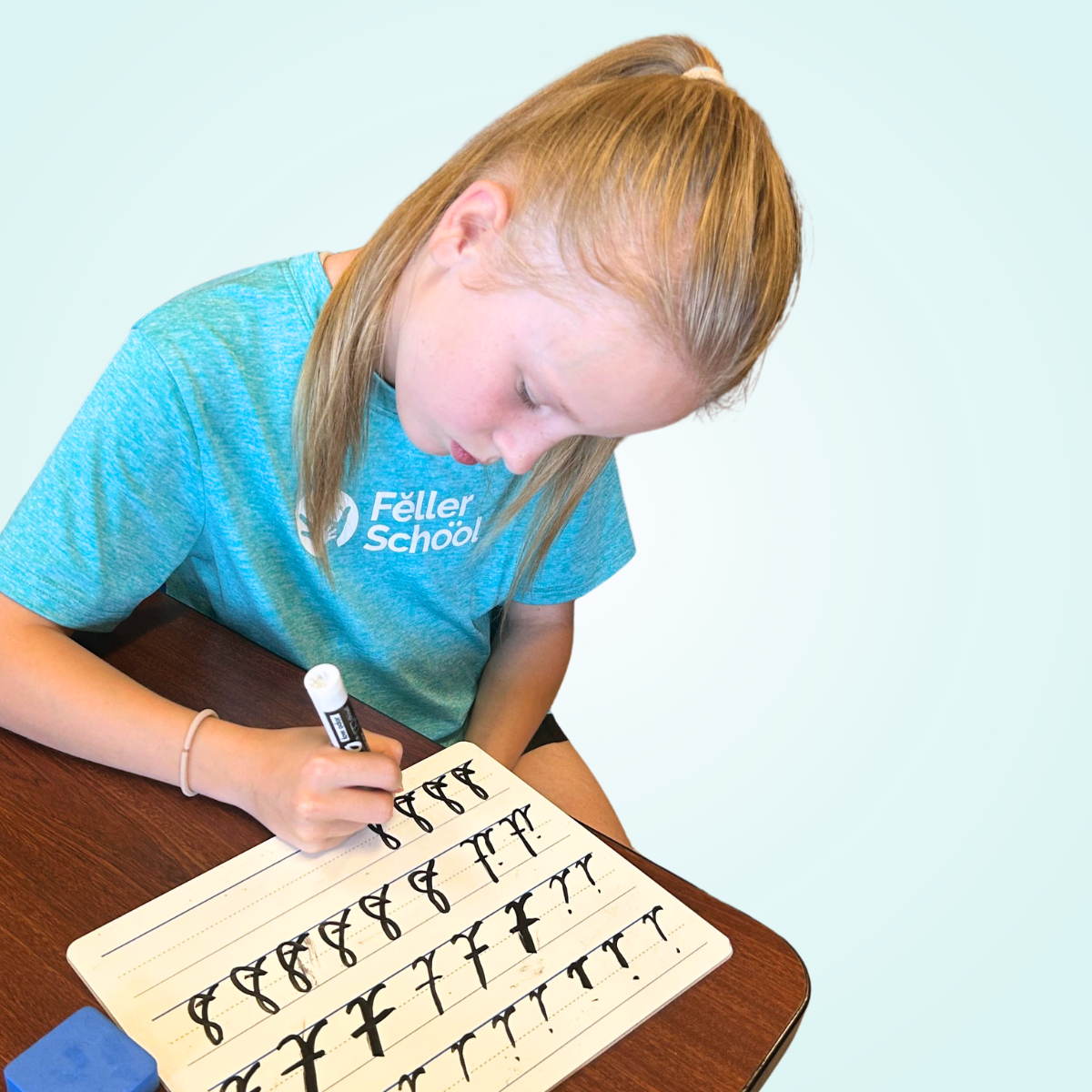
Writing Activates the Brain
Writing activates the same areas of the brain as speaking (Dehaene, 2013).
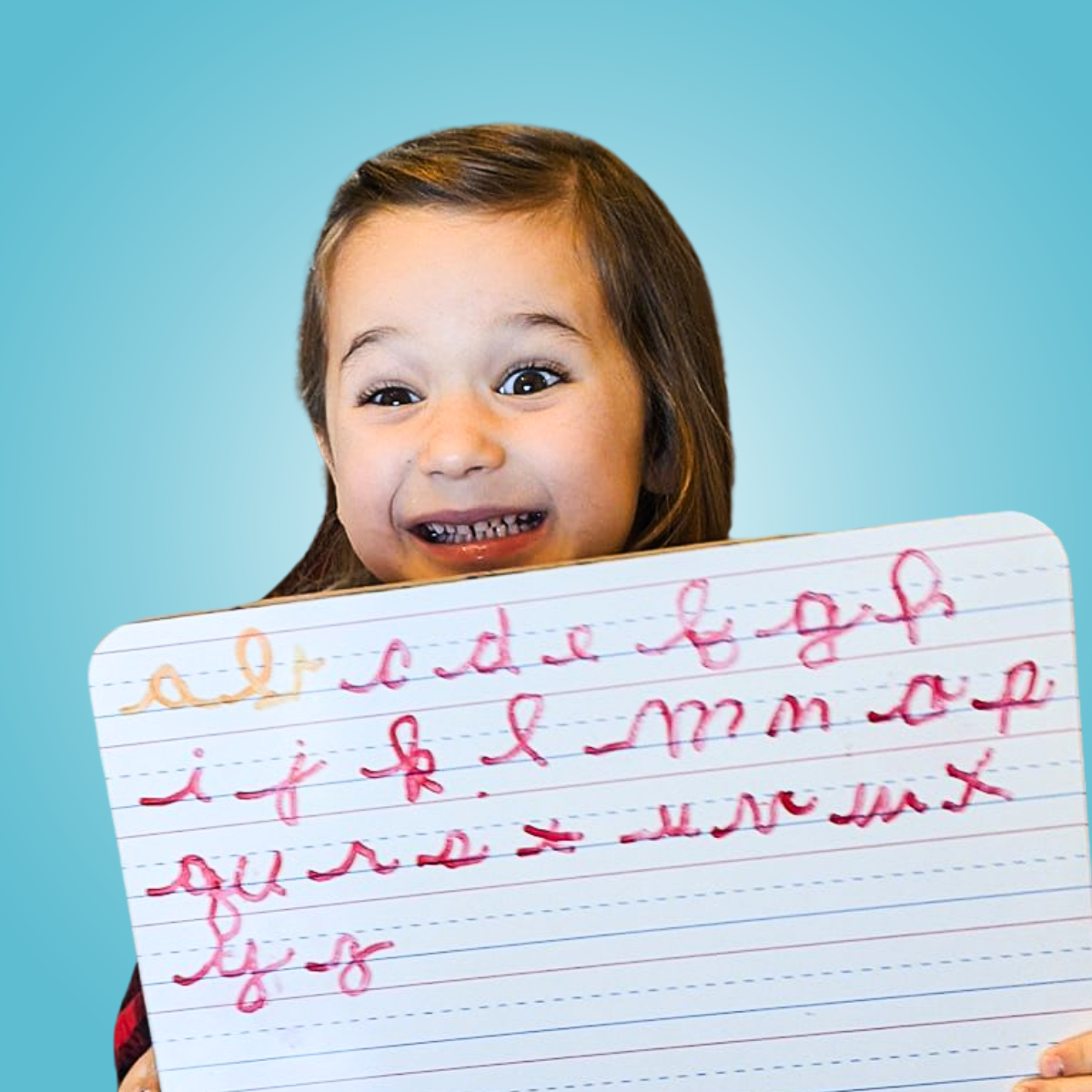
What Makes a Letter a Letter?
Writing helps students to discover which parts of the letter are essential properties of the letter (Gimenez et al., 2014, p. 1-2). For example, writing helps students discover that the taller line in an h differentiates it from an n. Likewise an n with a serif is the same as an n without a serif.
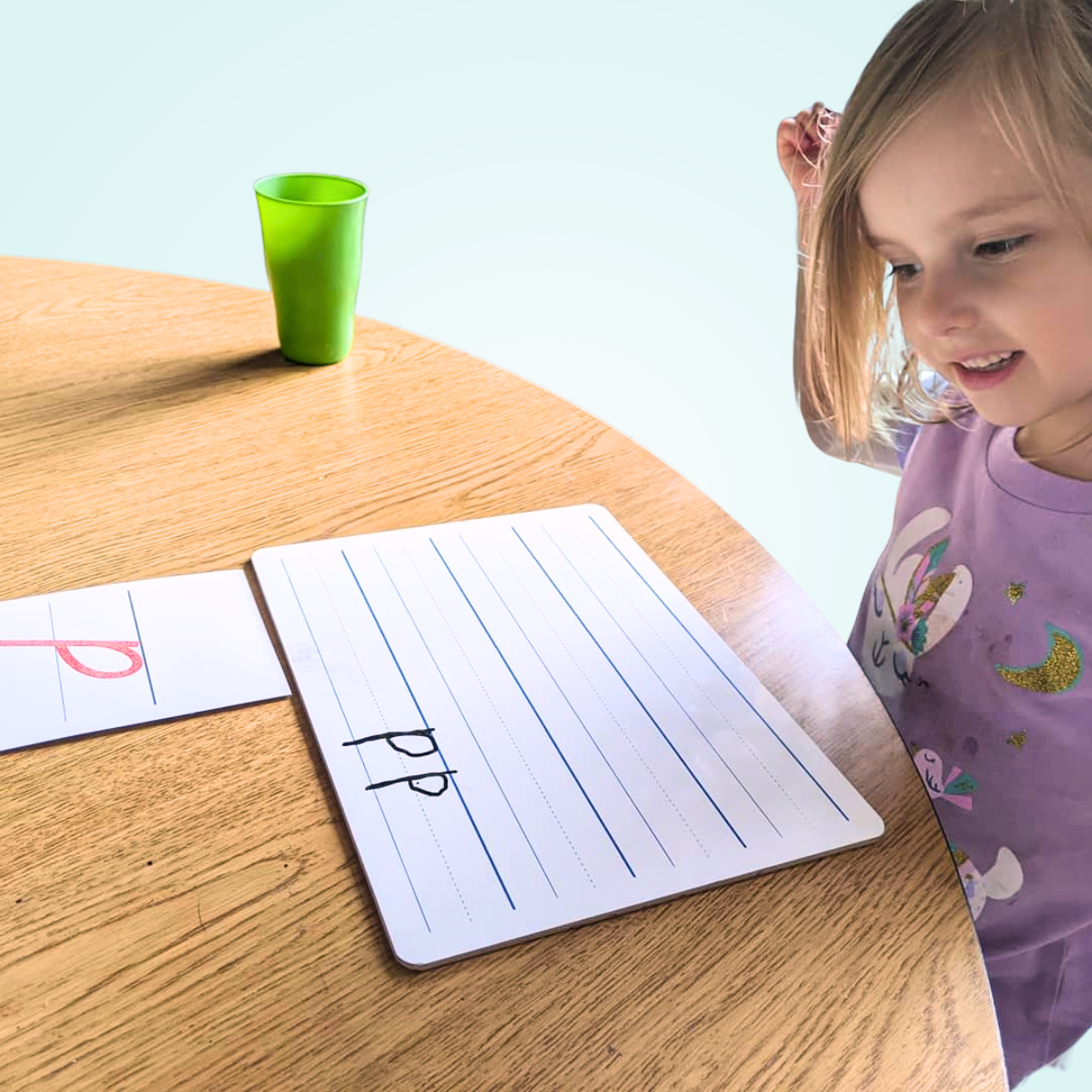
The Brain Loves Complex Patterns
Each time a young student writes a letter, they write it a little differently. These variations help the brain learn (James & Engelhardt, 2012).
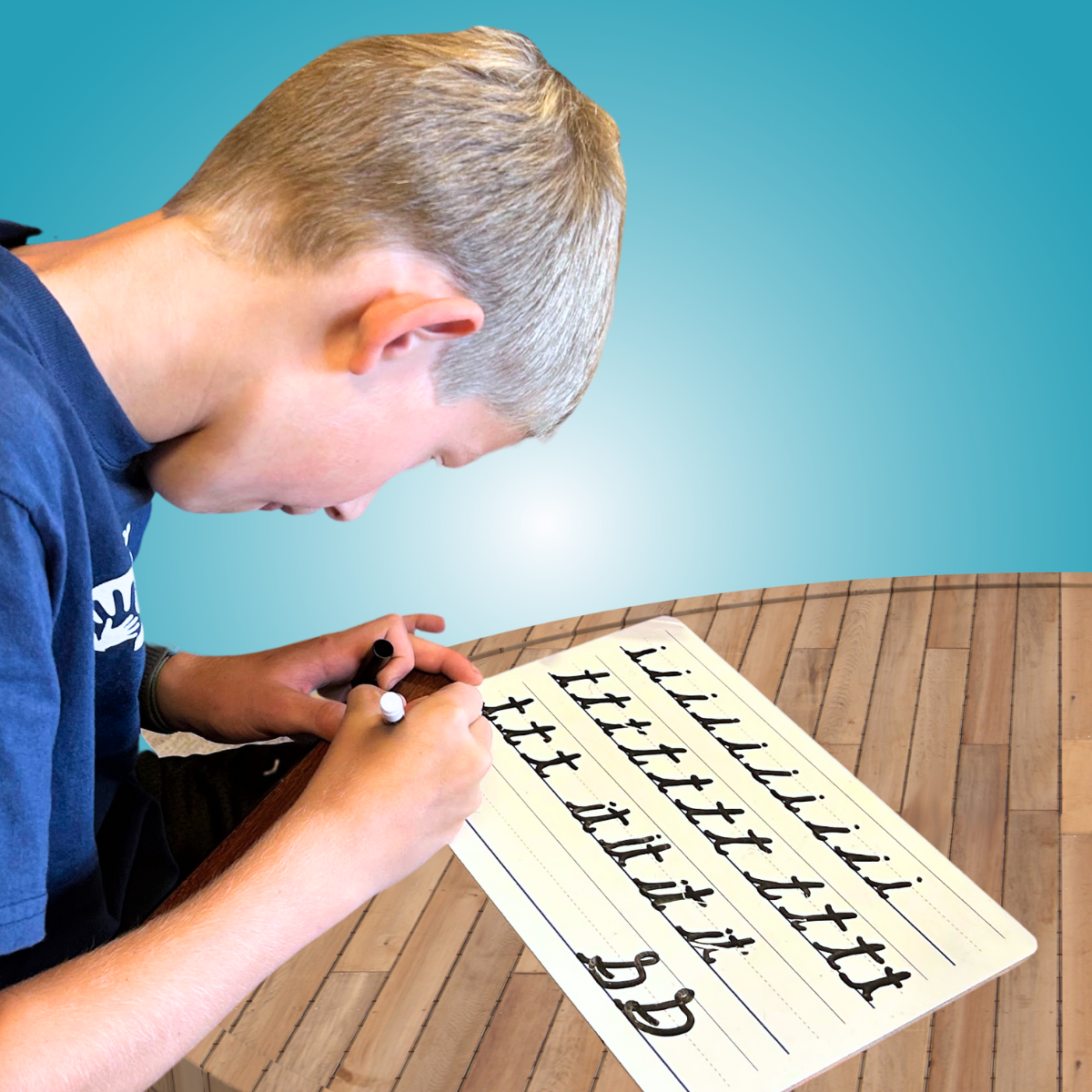
Kinesthetic Experience of Words
Handwriting is a kinesthetic experience of letters and words (Mangen & Velay, 2010).
Effective Handwriting Instruction
-
Short, Daily Lessons
Handwriting instruction should be daily, and lessons should be short (Graham, 2010; Hart et al., 2010). Consistent practice is what is most important.
-
Skywriting
Introduce the strokes using large-motor movements or skywriting (Uhry & Clark, 2011).
-
Model How To Form Each Letter
Effective handwriting instruction includes modeling how to write the letter (Hart et al., 2010).
-
Explicit, Systematic Instruction
Students benefit from being taught how to write each letter with explicit instruction for how to form the letter (Graham, 2010; Hart et al., 2010; James et al., 2012).
-
Guided Practice
Once students have been shown how to write a letter, they benefit from guided practice that furthers their understanding and prevents guessing (Hart et al., 2010).
-
Feedback
As students form letters, feedback and coaching on their writing further improves their letter formation (Hart et al., 2010).
-
Large- and Fine-Motor Practice
Writing can be practiced with both large- and fine-motor skills. Large-motor writing practice is less abstract than fine-motor.
-
Writing, Not Tracing
Research shows that students benefit the most from writing the letters themselves, not tracing (James & Engelhardt, 2012).
-
Start With Lowercase
Uppercase is used for proper nouns and at the beginning of sentences. Teach lowercase letters first, and introduce when to use uppercase letters as you teach them.
How To Teach Handwriting
Teach the Strokes
Begin by teaching individual strokes.

Model - Large Motor
Model how to write the stroke using skywriting. Provide explicit directions about where the stroke begins and ends.
Students Write - Large Motor
Ask the students to write the stroke using large-motor movements while saying the directions.
Model - Fine Motor
Using explicit instructions, model how to write the stroke on paper, including where it begins and ends and where it sits on the lines.
Students Write - Fine Motor
Ask the students to write the stroke on paper, while repeating the steps aloud. Provide feedback and coaching on their writing.
Teach Letters
Progress to teaching how strokes combine to form letters.
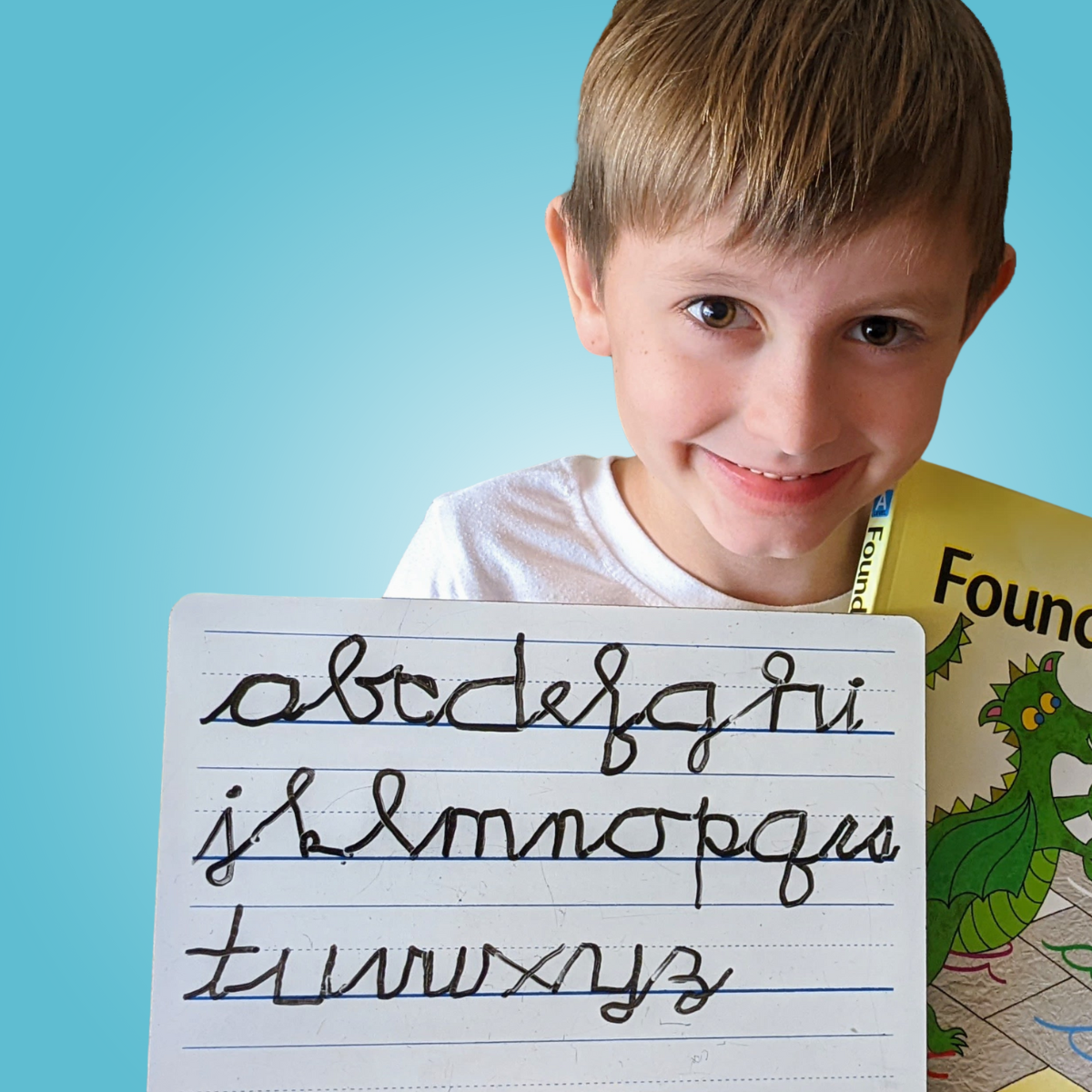
Model - Large Motor
Model how to write the letter using the strokes. Explain each step including where the letter begins and ends and where it sits on the lines.
Students Write - Large Motor
The students write the letter using large-motor motions while saying the directions.
Shortened, Rhythmic Directions
If using Rhythm of Handwriting materials, model how to write the letter with large-motor movements using the bold, short, and rhythmic directions. Then ask the students to write the letter while saying the shortened directions.
Model - Fine Motor
Model how to write the letter using the full directions and fine-motor movements. Include where it sits on the lines lines.
Students Write - Fine Motor
The students write the letter using fine-motor motions while saying the directions.
Shortened, Rhythmic Directions
If using Rhythm of Handwriting materials, model how to write the letter using fine motor using the bold, short, and rhythmic directions. Then ask the students to write the letter while saying the shortened directions.
Teach How To Write Words
Continue instruction to show how letters combine to form words.
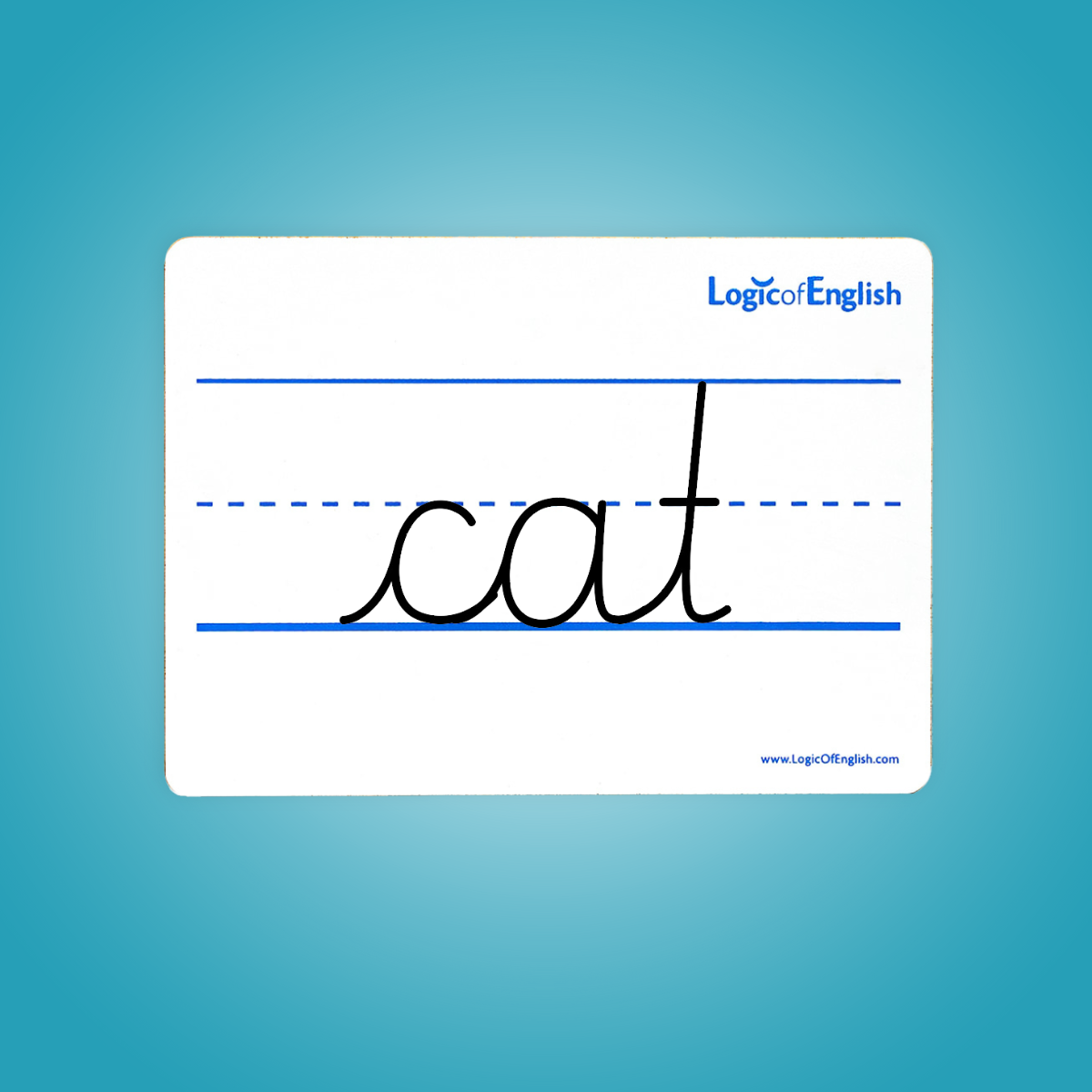
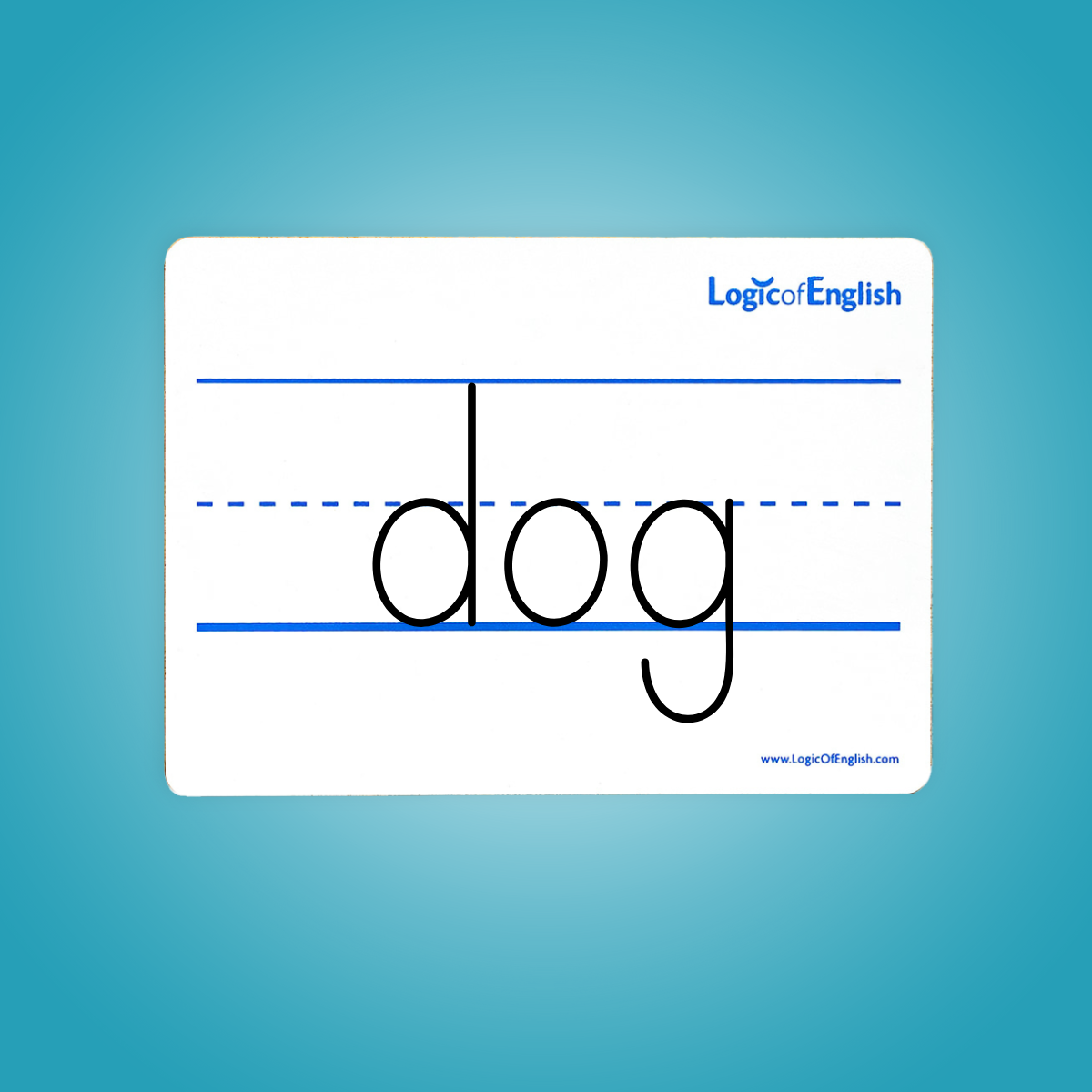
Cursive
Model how the pencil is lifted between words. Model how to connect letters to form words, including that some letters connect from the baseline and others connect at the midline with a dip connector.
Manuscript
Model how to space letters within a word. Model how to put a larger space between words. Keep in mind, students will need coaching and practice to develop the skills needed to leave the right amount of space.
Free Handwriting Paper
This handwriting paper provides different line sizes for students to choose which lines they are more comfortable with and/or facilitate the transition from large- to fine-motor movement.
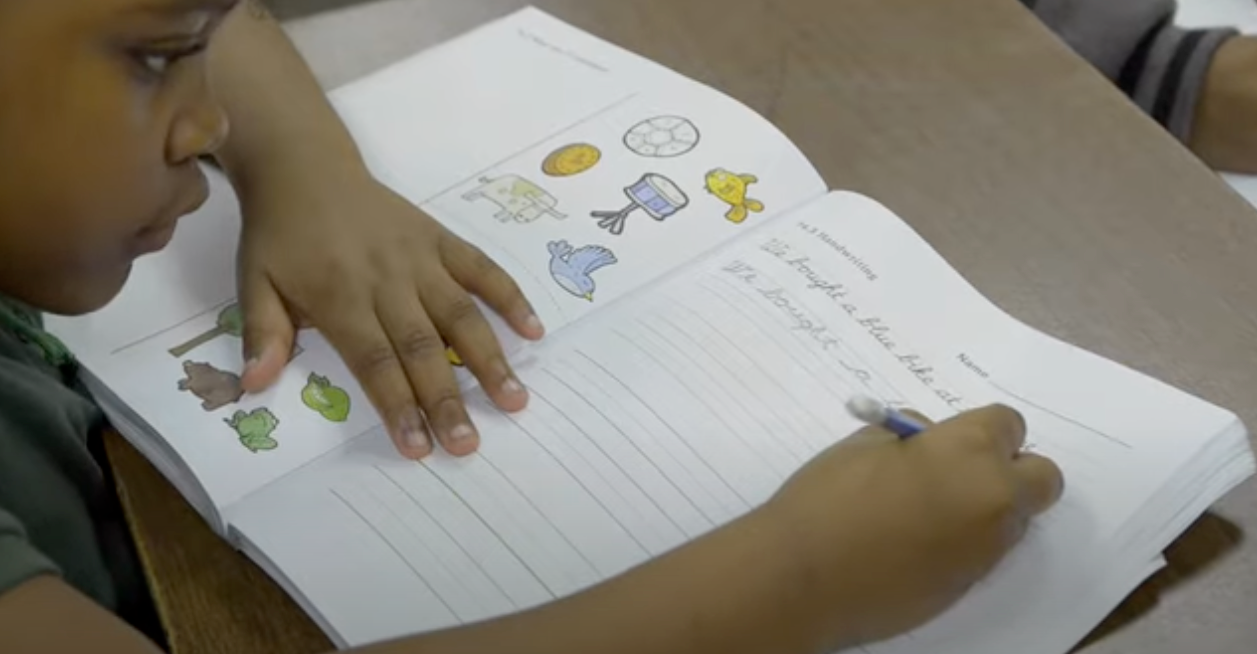
Shop Rhythm of Handwriting
-
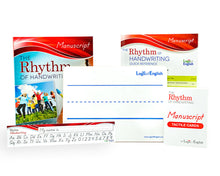
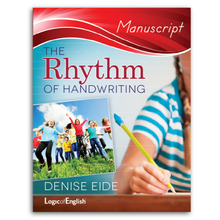
Rhythm of Handwriting Manuscript Bundle
Regular price $ 68.95 USDSale price $ 68.95 USD Regular priceUnit price / per -

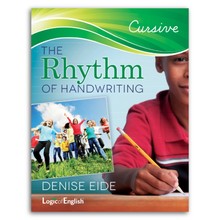
Rhythm of Handwriting Cursive Bundle
Regular price $ 68.95 USDSale price $ 68.95 USD Regular priceUnit price / per -
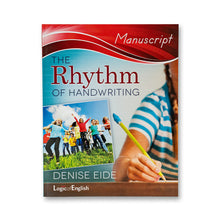
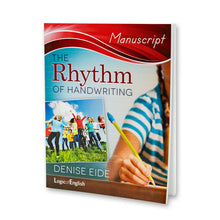
Rhythm of Handwriting Student Book - Manuscript
Regular price $ 11.99 USDSale price $ 11.99 USD Regular priceUnit price / per -
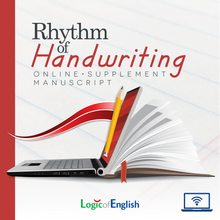
ROH Online Supplement: Manuscript
Regular price $ 12.99 USDSale price $ 12.99 USD Regular priceUnit price / per -
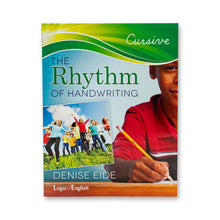
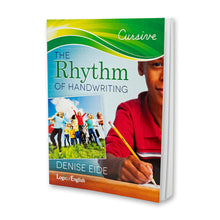
Rhythm of Handwriting Student Book - Cursive
Regular price $ 11.99 USDSale price $ 11.99 USD Regular priceUnit price / per -
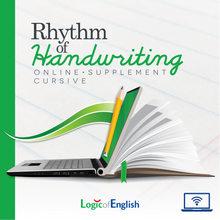
ROH Online Supplement: Cursive
Regular price $ 12.99 USDSale price $ 12.99 USD Regular priceUnit price / per
Handwriting is included in Foundations
-
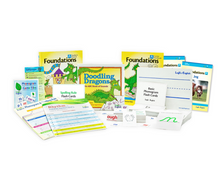
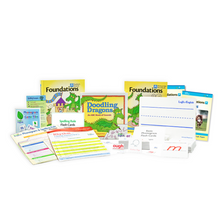
Foundations A & Core Materials Bundle
Regular price $ 243.86 USDSale price $ 243.86 USD Regular priceUnit price / per -
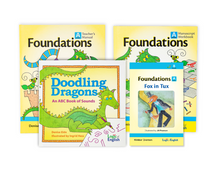
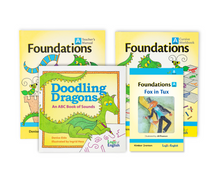
Foundations A Bundle
Regular price $ 94.96 USDSale price $ 94.96 USD Regular priceUnit price / per -
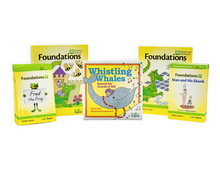
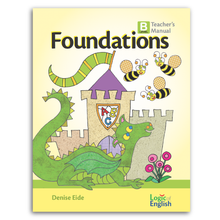
Foundations B Bundle
Regular price $ 110.95 USDSale price $ 110.95 USD Regular priceUnit price / per -
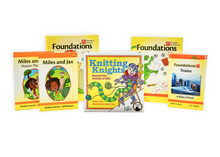
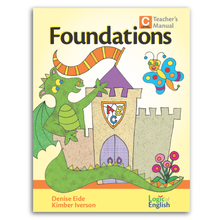
Foundations C Bundle
Regular price $ 124.94 USDSale price $ 124.94 USD Regular priceUnit price / per -
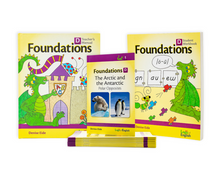

Foundations D Bundle
Regular price $ 89.97 USDSale price $ 89.97 USD Regular priceUnit price / per -
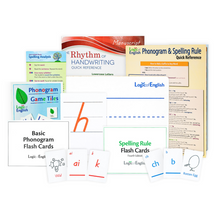
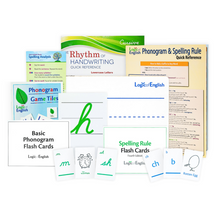
Foundations Core Materials Set
Regular price $ 148.90 USDSale price $ 148.90 USD Regular priceUnit price / per
References
Dehaene, S. (2013). Inside the Letterbox: How Literacy Transforms the Human Brain. Cerebrum, 2013:7. http://www.dana.org/news/cerebrum
Gimenez, P., Bugescu, N., Black, J. M., Hancock, R., Pugh, K., Nagamine, M., Kutner, E., Mazaika, P., Hendren, R., McCandliss, B. D., & Hoeft, F. (2014). Neuroimaging correlates of handwriting quality as children learn to read and write. Frontiers in Human Neuroscience, 8, 155. https://doi.org/10.3389/fnhum.2014.00155
Graham, S. (2010). Want to Improve Children’s Writing? Don’t Neglect Their Handwriting. American Educator, 4(33), 20–40.
Hart, N. V., Fitzpatrick, P., & Cortesa, C. (2010). In-depth analysis of handwriting curriculum and instruction in four kindergarten classrooms. Reading and Writing, 23(6), 673–699. https://doi.org/10.1007/s11145-009-9178-6
Hu, C. (2024, February 21). Why Writing by Hand Is Better for Memory and Learning. Retrieved December 17, 2024, from Scientific American website: https://www.scientificamerican.com/article/why-writing-by-hand-is-better-for-memory-and-learning/
James, K. H. (2010). Sensori-motor experience leads to changes in visual processing in the developing brain. Developmental Science, 13(2), 279–288. https://doi.org/10.1111/j.1467-7687.2009.00883.x
James, K. H. (2017). The Importance of Handwriting Experience on the Development of the Literate Brain. Current Directions in Psychological Science, 26(6), 502–508. https://doi.org/10.1177/0963721417709821
James, K. H., & Engelhardt, L. (2012). The effects of handwriting experience on functional brain development in pre-literate children. Trends in Neuroscience and Education, 1(1), 32–42. https://doi.org/10.1016/j.tine.2012.08.001
Longcamp, M., Boucard, C., Gilhodes, J.-C., Anton, J.-L., Roth, M., Nazarian, B., & Velay, J.-L. (2008). Learning through Hand- or Typewriting Influences Visual Recognition of New Graphic Shapes: Behavioral and Functional Imaging Evidence. Journal of Cognitive Neuroscience, 20(5), 802–815. https://doi.org/10.1162/jocn.2008.20504
Mangen, A., & Velay, J.-L. (2010). Advances in Haptics. https://doi.org/10.5772/8710
Uhry, J. K., & Clark, D. B. (2005). Dyslexia: Theory and Practice of Instruction. York Press.


























